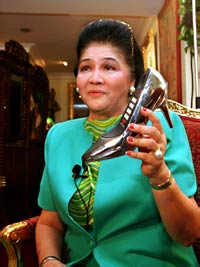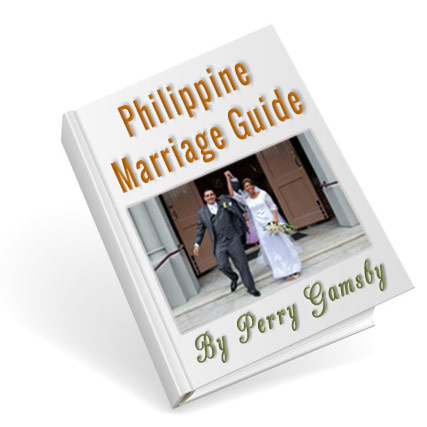Why The Wife Might Be Uncomfortable Among The Rich
One thing you may have noticed about the Philippines and Filipinos is there is a very definite ‘caste or class system’ at work. I have witnessed it first hand; the brother of a regional governor who greeted me as an equal when we first met just the two of us, was very cold and stand-offish when he ran into me with my wife present. It was very clear he considered her beneath his social status. I have witnessed this many times. As a foreigner I can mix at any level of Filipino society but my wife is not so welcome. This can be traced to the complex social history of the nation, and such complexity never results in a totally level social playing field..

The Spanish Era Caste System
During the colonial period when the Spanish ruled the islands, there was a caste system in place, mainly for the collection of taxes. It was very complicated and had different rules depending on whether your mum or dad was one thing or another. There were indios, negritos, mestizos and all sorts of combinations with some other groups thrown in to keep it hard to follow. Sangleys were of Chinese origin and Mestizo de Sangley were what today we might call a Chinoy; mixed native and Chinese blood. Outside Manila and Cebu, most natives were indios, except those living outside the main Spanish centers and the aboriginal ones (Aeta, Igorot, Ifugao etc) who were called negritos.
Even the ‘blancos’, or white people, had several types. Peninsulares were born in Spain, insulares were Spanish people born in the New World or the Philippines, in which case they were also called ‘Filipinos’. If a blanco married an indio or sangley the offspring were called ‘tornatras’. While an indio paid a base rate of tax, a mestizo de sangley (half indio, half Chinese) paid twice the rate and sangleys paid four times the rate. Blancos, Filipinos, Insulares, mestizos de espanol (half Spanish, half indio or sangley ) and tornatras paid no taxes.
Carry Over To Today
When the Americans bought the islands off the Spanish at the end of the Spanish-American War in 1898, they basically ignored the fact the Filipinos had already won their independence from the Spanish in 1896 and were going about ruling themselves. The term ‘Filipino’ itself was applied to everyone by the American administrators, paying no heed to the fact Filipinos were actually locally born Spaniards and mestizo de espanols. The other groups may have been given a social bunk up by the Americans, but nothing really changed.
The money remained in the hands of the Filipinos, Sangleys and mestizo families, as had been intended by the Filipinos when they revolted against Spanish rule. The long suffering Indios were going to remain in their social niche and provide the labour needed to keep the rich people’s properties making money. Dark, indio skin signified a life working in the fields whereas the pale skin of the privileged classes showed they were spared the hard toil. Even today the reality is that there is a class system or hierarchy in place and while some may well claw their way out of the bucket, they will never be truly accepted by the ruling classes. Manny Pacquiao may be beloved and super wealthy, but he will always remain an indio from the poor side of town who made good. Same for many of the artistas who have become rich through their talents, but the ‘Filipinos’ and Chinoy families who own everything will never see them as equals.
Social position is very much a major thing for Filipinos and most foreigners marry women who come from the indio segment of the population. While you might be accepted and able to move around at all levels of Filipino society, spare a thought for your wife who could be embarrassed and even fearful at the thought of having to mix with Filipinos of a higher social status. While we Aussies think nothing of telling our politicians and celebrities what we think of them and treat them as equals, this isn’t how it works in Filipino society. An easy guide is skin tone. The darker your wife’s skin, the more likely she will feel apprehensive about mixing socially with rich Filipinos. If this rings a bell, perhaps now you know what is behind this… centuries of social manipulation.
Perry Gamsby, D.Lit., MA(Writing), Dip. Bus, Dip. Mktg is a writer and lecturer who lives with his Cebuana wife and five Aus-Fil daughters in Western Sydney. The author of a series of best-selling ‘self-help’ books for expats and those married to Filipinas, he is also a Master of Filipino Martial Arts and a former World Stickfighting Champion who has lived, worked and vacationed in the Philippines since 1988. Perry and his family return to the Philippines on a yearly basis.


